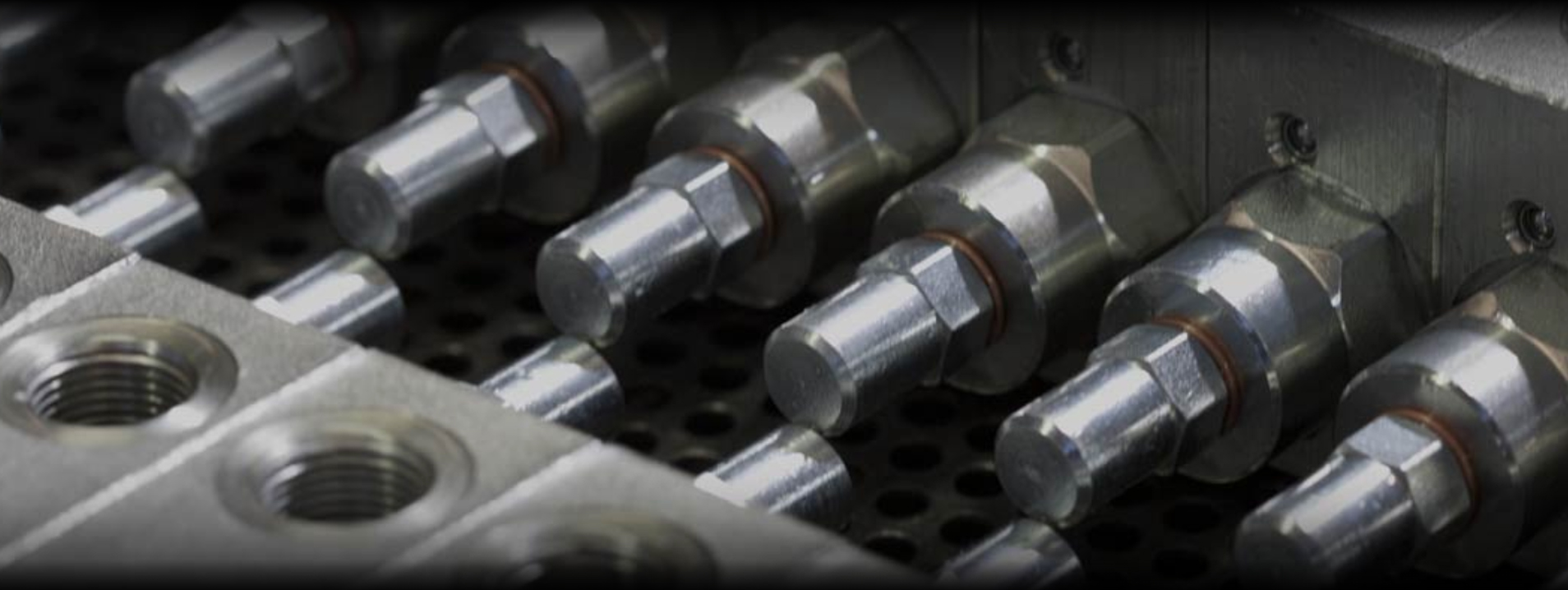Oelodinamica Flow Regulator

Flow Regulator

Bidirectional Flow Regulation Valves at 90°
USE:
Valves that allow to adjust the speed of an actuator in both directions. Since they are not compensated for pressure, fluid regulation will depend on the pressure and viscosity of the oil. They are characterized by a high regulation sensitivity.
MOUNTING:
Connect one or the other connection to the power supply. The flow will be regulated on the remaining attack. The adjustment is made by rotating the plastic knob, after loosening the locking pin on the side. With this particular configuration it is possible to obtain a precise and sensitive adjustment.

Unidirectional Flow Regulation Valves at 90°
USE:
Valves that allow the speed of one actuator to be adjusted in one direction and allow free flow in the other. Since they are not compensated for pressure, fluid regulation will depend on the pressure and viscosity of the oil. They are characterized by a high regulation sensitivity.
MOUNTING:
Connect V to the power supply and C to the actuator to be adjusted. The flow is regulated from C to V and is free in the opposite direction. When used on actuators with blocking valves, the VRFU 90 ° must be mounted between the actuator and the block valve. The adjustment is made by rotating the plastic knob, after loosening the locking pin on the side. With this particular configuration it is possible to obtain a precise and sensitive adjustment.

Unidirectional 90° Compensate Flow Regulation Valves
USE:
Valves that allow the speed of one actuator to be adjusted in one direction and allow free flow in the other. The internal compensation system keeps the speed constant even when the load varies. They are characterized by a high regulation sensitivity.
MOUNTING:
Connect A to the power supply and B to the actuator to be adjusted. The flow is regulated from A to B and is free in the opposite direction. The adjustment is made by rotating the plastic knob, after loosening the locking pin on the side. With this particular configuration it is possible to obtain a precise and sensitive adjustment.

Unidirectional Sleeve Flow Adjustment Valves
USE:
Valves that allow the speed of one actuator to be adjusted in one direction and allow free flow in the other. Since they are not compensated for pressure, fluid regulation will depend on the pressure and viscosity of the oil.
MOUNTING:
Connect V to the power supply and C to the actuator to be adjusted. The flow is regulated from C to V and free in the opposite direction. In case of use on actuators with block valve, the VRF must be mounted between the actuator and the block valve. The flow is regulated by rotating the outer sleeve: turning clockwise increases the flow and vice versa. Once the flow rate has been adjusted, return the lock ring to the position so as to maintain the set values even in the presence of vibrations.

Priority 3-Way Flow Regulator
OPERATION:
This valve enables to keep “P” flow constant to a certain setting, independently of the required pressure or the inlet flow of the valve. Exceeded flow is drained directly in T (tank).
MOUNTING:
Connect E to the pressure flow and P to the net where flow adjustment is needed. Connect T to the tank. To adjust inlet pressure in P screw in or off hand wheel after loosening the locknut.
